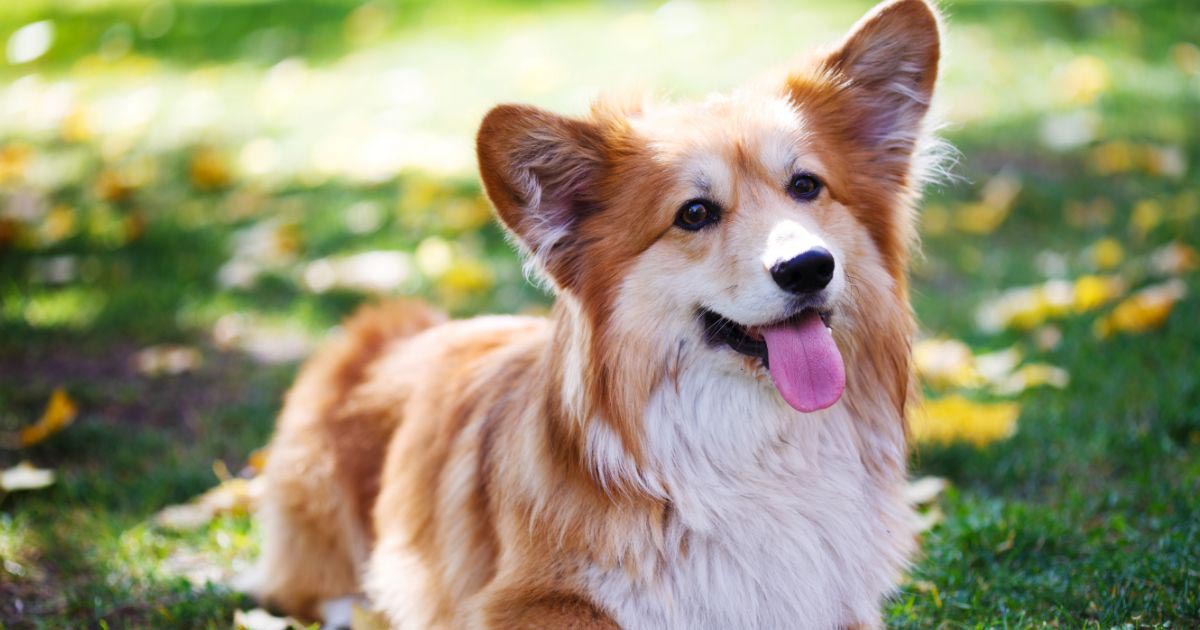
The Impact of Aggression in Dogs: What Every Owner Should Know
Introduction
Aggression in dogs is a complex concern that can stem from worry, territoriality, resource securing, and even clinical troubles. While aggression is a natural habit in dogs, it can become problematic and potentially unsafe if not properly managed. Acknowledging the signs of aggression and employing efficient training techniques are important steps in guaranteeing the well-being of both your pet dogs and those around it. This is where Confident K9 provides extensive solutions for managing dog aggression.
Identifying Indications of Aggression
Understanding the signs of aggression is the first step toward addressing the problem. Hostile habits in dogs can show up in numerous methods, including:
1. Grumbling and Snapping: This is one of the most common signs of aggression. Dogs might grumble or snap when they feel intimidated or attempt to assert supremacy.
2. Barking and Lunging: Dogs might bark aggressively and lunge towards people or other pets, particularly on walks or in unknown situations.
3. Baring Pearly whites: When a canine shows its teeth, it indicates aggression and a warning signal that must not be overlooked.
4. Stiff Body Movement: When feeling hostile, dogs might display rigid body language, elevated hackles, and a tense posture.
5. Attacking: Hostile actions can escalate to attack if not attended to promptly. If your dog has bitten somebody or presents a tendency to attack, it’s necessary to seek specialist aid.
Educating Strategies with Confident K9
Confident K9 uses a range of training strategies to address aggression in dogs properly. These methods focus on favorable support, building dependencies, and changing habits through constant training. Right here are some crucial techniques:
1. Behavior Assessment: Confident K9 starts by conducting a detailed behavioral evaluation of the pet to determine the underlying causes of Aggression in Dogs. This aids in tailoring the training program to resolve detailed issues effectively.
2. Positive Support: Training with favorable reinforcement includes rewarding desired behaviors with deals, appreciation, or playthings. This approach helps enhance good behavior and urges dogs to repeat it.
3. Desensitization and Counterconditioning: Desensitization entails gradually subjecting the dog to the trigger of Aggression in Dogs in a controlled setting. In contrast, counterconditioning transforms the canine’s emotional action to the trigger by linking it with something favorable.
4. Obedience Training: Fundamental obedience training, such as teaching commands like “sit,” “remain,” and “leave it,” can aid in establishing boundaries and control over the pet dog’s actions.
5. Uniformity and Patience: Consistency is crucial to effective training. Owners must remain personable and committed to the process, as behavior change takes time and effort.
6. Administration Techniques: Confident K9 likewise provides proprietors with administration strategies to prevent scenarios that might set off Aggression in Dogs, such as utilizing a muzzle or leash in public setups.

Ensuring Your Pet’s Well-Being
At Confident K9, the best goal is to ensure the wellness of both the pet dog and its proprietors. By resolving aggression via favorable reinforcement and reliable training strategies, proprietors can create a risk-free and harmonious environment for their pets. In addition, looking for expert assistance from skilled trainers can provide invaluable assistance in successfully handling dog aggression.
Holistic Method to Training
Confident K9 adopts an alternative approach to training that goes beyond resolving the signs and symptoms of aggression to attend to the underlying reasons. This entails developing an extensive training plan that includes behavioral adjustment techniques, environmental management, and recurring assistance for the pet dog and its owners.
1. Therapy: With positive reinforcement methods, fitness instructors work to modify the canine’s actions by gratifying calmness and non-aggressive actions to triggers. This might include training alternate actions incompatible with aggression, such as resting or focusing on the proprietor.
2. Proprietor Education And Learning: Education and learning are critical to Confident K9’s strategy. Trainers work carefully with owners to help them understand their dogs actions, identify early aggression indications, and find reliable communication and managing methods.
3. Follow-Up Assistance: Training ends after the sessions are full. Confident K9 supplies recurring assistance and guidance to ensure that owners remain to reinforce favorable behaviors and resolve any obstacles that develop.
Conclusion
Aggression in dogs is a major problem that needs careful interest and proper monitoring. Recognizing the indications of aggression and utilizing efficient training methods are essential in resolving these actions. With Confident K9’s comprehensive approach to managing aggression, owners can assist their pet dogs in overcoming behavioral difficulties and leading satisfying lives.





Leave a Reply